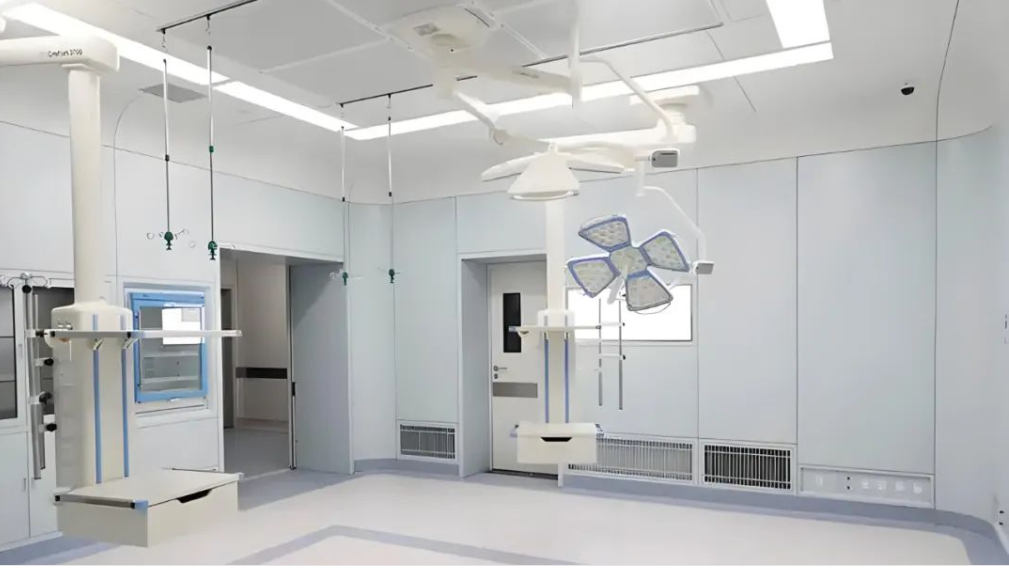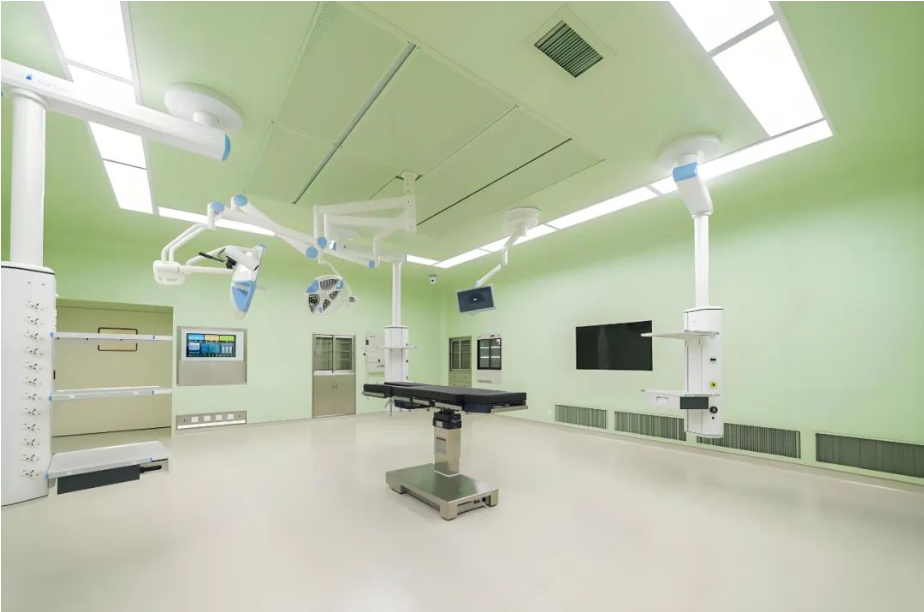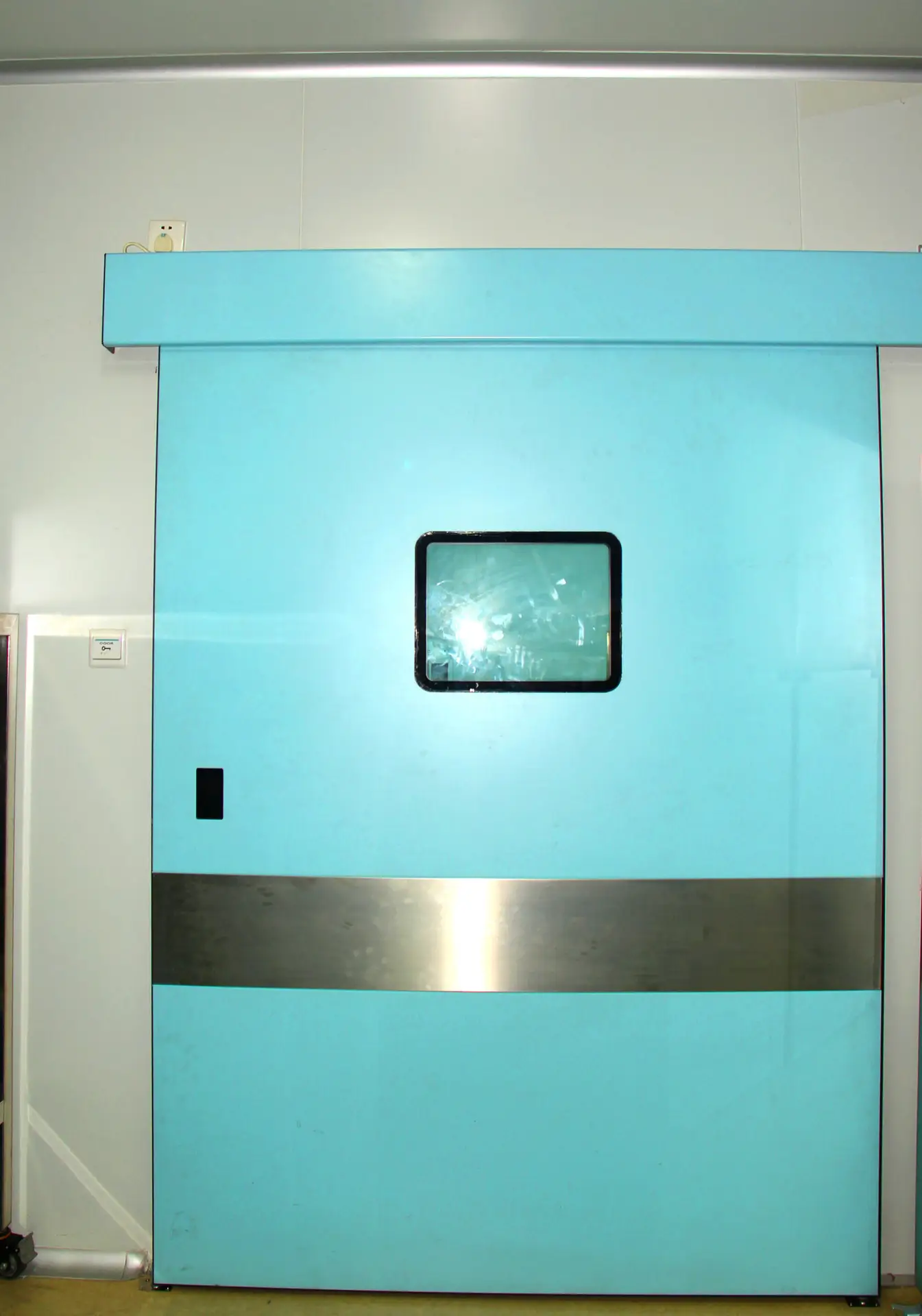Designing a Modern Hospital: Efficiency, Safety, and Sustainability with PUF Sandwich Panels

Designing a hospital requires a perfect blend of functionality, patient-centered care, infection control, and sustainable practices. Integrating advanced building materials like Polyurethane Foam (PUF) sandwich panels has revolutionized healthcare construction by enhancing thermal efficiency, structural integrity, and overall comfort. This article delves into the key principles of hospital design and the role of PUF panels in modern healthcare facilities.
1. Core Principles of Hospital Design
1.1 Comprehensive Planning
Hospital design starts with understanding the services to be provided, expected patient demographics, and future needs. This involves:
- Functional Layout: Aligning departments for operational efficiency (e.g., proximity of operating rooms to ICU).
- Workflow Optimization: Ensuring seamless movement of staff, patients, and equipment.
- Stakeholder Involvement: Collaborating with medical professionals, architects, and engineers to meet functional and safety standards.
1.2 Infection Control
Infection control is critical in hospital design, requiring:
- HVAC Systems: Implement advanced air handling units (AHU) with HEPA filtration to maintain sterile environments.
- Material Hygiene: Employ non-porous, easy-to-clean surfaces like those provided by PUF sandwich panels.
- Spatial Design: Include isolation zones and negative pressure rooms to mitigate cross-infection risks.
1.3 Energy Efficiency and Sustainability
Sustainability is a growing priority in hospital construction. Strategies include:
- Thermal Insulation: Use PUF sandwich panels for efficient temperature control and reduced energy consumption.
- Natural Cooling and Lighting: Incorporate designs that leverage outdoor elements, reducing operational costs.
- Energy Recovery: Utilize systems to capture and reuse waste energy.
2. Incorporating PUF Sandwich Panels in Hospital Design
PUF sandwich panels are advanced building materials consisting of a polyurethane foam core sandwiched between two durable outer layers, typically steel or aluminum. Their integration offers numerous advantages:
2.1 Thermal Insulation and Energy Savings
The polyurethane foam core provides exceptional thermal insulation, maintaining consistent indoor temperatures. This is particularly important for:
- Operating Rooms: Where temperature and humidity must remain stable.
- Cold Storage Areas: Vital for preserving medical supplies and pharmaceuticals.
2.2 Lightweight and Durable Construction
PUF panels are lightweight yet robust, allowing for:
- Quick Installation: Reducing construction timelines significantly.
- Structural Stability: Offering reliable support while minimizing building loads.
2.3 Hygienic and Easy Maintenance
Hospitals demand stringent hygiene standards. PUF sandwich panels feature:
- Smooth Surfaces: Easy to clean and maintain, ensuring compliance with health regulations.
- Anti-Microbial Coatings: Available as custom finishes for additional safety.
2.4 Noise Reduction
In healthcare environments, noise control is crucial for patient recovery. PUF panels provide excellent soundproofing, creating quieter spaces conducive to healing.
3. Detailed Design Steps for Hospital Construction
Incorporating PUF sandwich panels into the hospital design requires a systematic approach:
3.1 HVAC System Design
- Establish HVAC Tables: Determine local climate parameters, air circulation needs, and cleanliness requirements.
- Configure AHUs and PAUs: Integrate advanced air handling systems to maintain optimal air quality.
- Plan for Cleanroom Airflow: Utilize top-supply and bottom-return airflow patterns for sterile environments.
3.2 Architectural Layout and Planning
- Create CAD Drawings: Align architectural plans with HVAC, water, and electrical system designs.
- Allocate Space for Equipment: Position HVAC units, water pumps, and chilled water tanks efficiently.
3.3 Air System Design
- Ductwork Layout: Design supply, return, and exhaust ducts in sequence.
- Integration of PUF Panels: Use PUF panels for interior partitions to enhance insulation and hygiene.
3.4 Energy Efficiency
- Condensate Heat Recovery: Reuse heat energy to address heating and cooling needs efficiently.
- Advanced Dehumidification: Minimize reheat energy usage through deep dehumidification of fresh air.
4. PUF Sandwich Panels: Transforming Healthcare Construction
Case Study: Clean Operating Rooms
Using PUF sandwich panels in clean operating rooms offers:
- Precision Control: Ensures strict temperature and humidity levels.
- Adaptability: Panels can be customized to meet specific cleanliness standards (e.g., ISO Class 5 or 7).
- Safety: Panels with fire-resistant cores enhance the safety of critical environments.
Case Study: Sustainable Hospital Wings
By installing PUF panels in hospital wings, facilities can:
- Lower Energy Costs: Improved insulation reduces heating and cooling demands.
- Enhance Patient Comfort: Maintain consistent environmental conditions.
5. Safety and Maintenance Considerations
Hospitals must prioritize safety and maintainability:
- Equipment Redundancy: Install backup systems to ensure uninterrupted operation during equipment failures.
- Routine Maintenance: Schedule regular inspections of HVAC systems, PUF panels, and other critical components to ensure peak performance.
6. Conclusion
Designing a hospital is a complex yet rewarding challenge. By integrating PUF sandwich panels, healthcare facilities can achieve unmatched thermal performance, hygiene, and operational efficiency. From energy-saving benefits to enhanced patient comfort, these panels redefine modern hospital construction.
Whether designing an operating room, ICU, or patient wing, PUF sandwich panels provide a reliable, sustainable solution that aligns with the future of healthcare.





